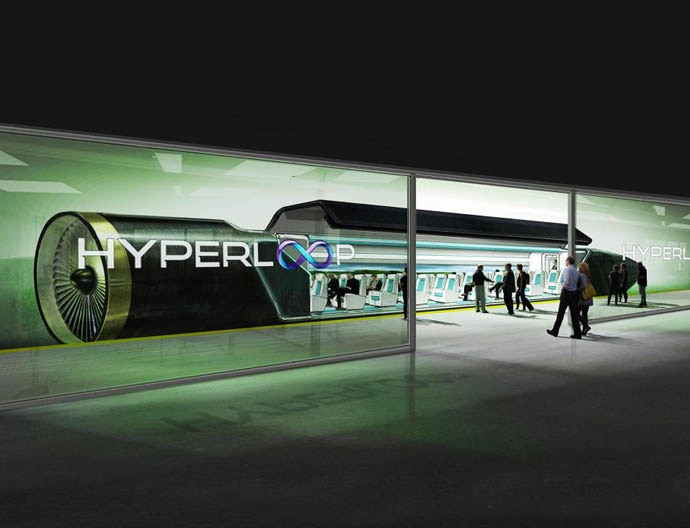No, India isn't ready for Mumbai-Pune hyperloop

Even as Maharashtra gears up to begin work on the Rs 1.08 lakh crore (approximately $17 billion) Mumbai-Ahmedabad bullet train project, the state government has gone ahead and signed a memorandum of understanding (MoU) with Richard Branson’s Virgin Air to check the feasibility of building a Hyperloop-based transportation system between Mumbai and Pune.
New @Virgin @HyperloopOne in India could connect 26 million people, support 150 million passenger trips per year & help create a thriving, competitive megaregion https://t.co/IkYbfIs2yi pic.twitter.com/G4fh2WZ5TY
— Richard Branson (@richardbranson) February 18, 2018
If everything goes to plan, in a little over 10 years, the Mumbai-Pune corridor will cut down travel time from central Pune to the proposed Navi Mumbai International Airport and to Mumbai to merely 25 minutes down from the present 2.5-3 hours by road. Additionally, it will do so at little to no cost to the environment as the project will be completely self-powered with electricity generated by its own solar panels. According to Virgin, this could help reduce greenhouse gas emissions by up to 150,000 tonnes annually.
What is Hyperloop
Announced in the presence of Prime Minister Narendra Modi and Maharashtra chief minister Devendra Fadnavis, the Mumbai-Pune project isn't the country's first Hyperloop.
What exactly is this transportation technology that India is adopting?

Based on open source technology conceptualised by tech billionaire Elon Musk, Hyperloop uses aluminum pods to ferry passengers, freight and even cars through low-pressure or vacuumed steel tubes. The futuristic technology uses magnetic levitation or air caster "skis" along with low-pressure levels inside the steel tube to create little to no friction for the pods so that they can travel at projected speeds that exceed 1,000km/hr.
As per the white paper floated by Elon Musk on the technology back in 2013, the pods would initially be set into motion using an electric motor after which levitation would kick into place and the pods would start gliding in the low-pressure tunnel.
Though there is no information on the specifics of the Mumbai-Pune Hyperloop project, previous explanations of this new technology suggest that the particular Hyperloop could work more like an ultra high-speed shuttle service in which small pods carrying 30-50 passengers at a time could depart every few minutes and take passengers from point A to point B.

Cost-effective
Apart from being faster than both bullet trains and commercial aircraft, the biggest advantage of the Hyperloop technology is its supposed cost effectiveness.
Because Hyperloop needs less ground to construct tracks and crucially uses far less energy. Since the electricity generated by its own solar panels, it is said that the fares could be far lower than that of commercial airplanes and bullet trains.
The criticism
But such claims of technology being more cost-effective than bullet trains and even aircraft are disputed. Many have called them gross exaggerations. Earlier, Elon Musk had projected the cost of the Hyperloop project on the Los Angeles-San Fransico route to be around $6bn, or $11.5m per mile, compared to $68bn for a high-speed rail link. However, leaked documents from Hyperloop One later suggested that a shorter 170km stretch in California would still cost up to $13bn, or $121m per mile.
Judging the Mumbai-Pune loop by the yardstick, the 100-150km long project could also cost upwards of $10 billion, which would make it more expensive than the 650km-long bullet train project between Mumbai and Ahmedabad at a projected cost of $17 billion.
Then there's also the need to consider in the argument the existence of modern-day commercial aircraft, which already fly at speeds of over 700-8,000 km/hr. At a time the country is already facing economic shortfalls, it needs to be asked if there really is a need for investing lakhs of crores for experimental transportation technology instead of promoting air travel in the country.
There's no denying the benefits of the technology, but the cost should not be ignored.

